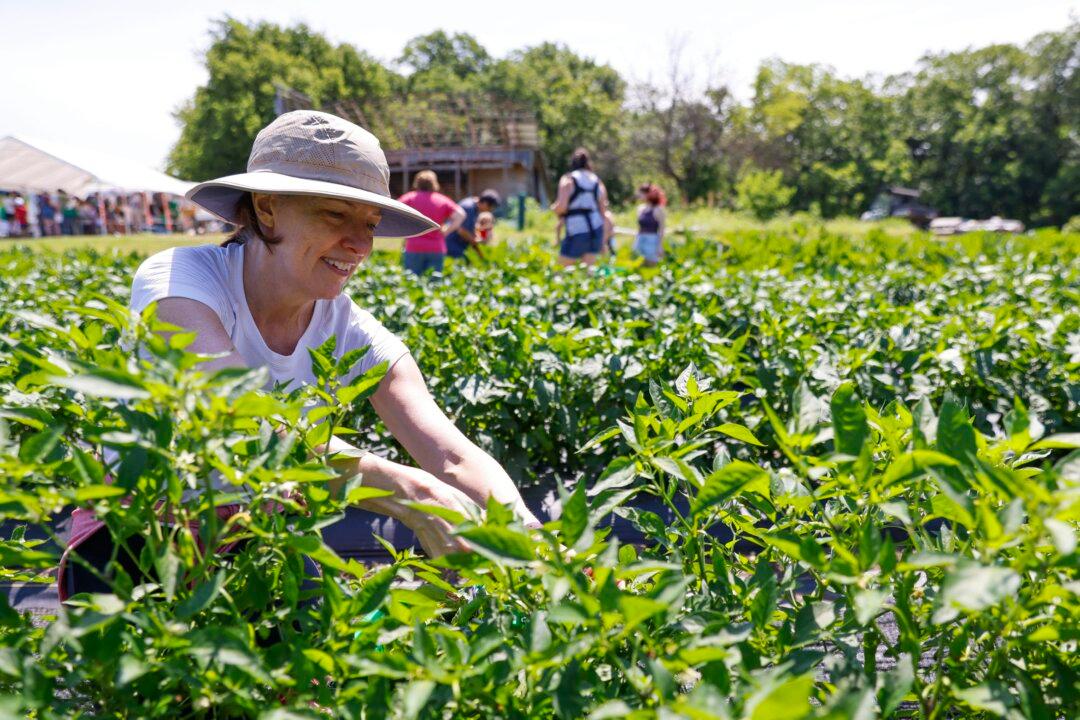McKinney—The heart of harvest season is here, and one Collin County farm offers not just fruits and vegetables but an agricultural experience.
Pure Land Farm in McKinney uses agritourism—the combination of agriculture and tourism—to engage with and educate the public. It allows customers to pick their own produce and walk away with not only fresh, local fruits and veggies but also knowledge about how it is grown.
“Agritourism is separate from just supporting buying local. Agritourism is like buying local on steroids,” said Megan Neubauer, who co-owns the farm with her father, Jack Neubauer. “Because not only are you going to the farmers market to buy something that was grown by a local farmer, but participating in the process is just taking it to the next level.”
Neuberger said agritourism allows people to participate in a very tactile, immersive, fun way to give them an experience in regenerative agriculture, a system utilized by local farmers that nurtures and restores soil health and protects the climate.






